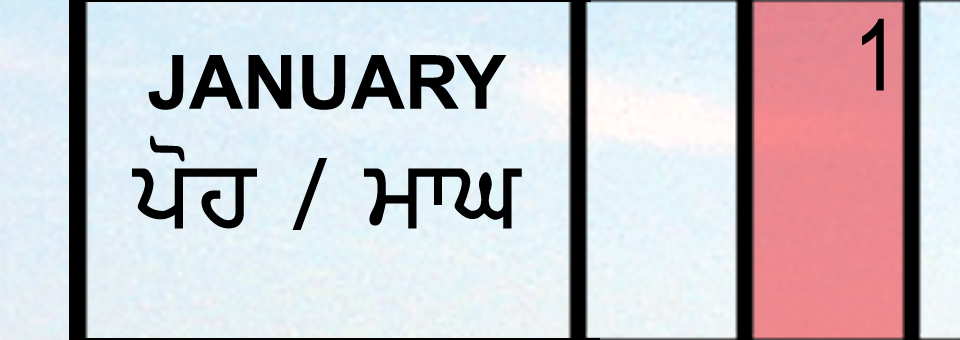Vaisakhi was a pivotal moment in the revolution founded by the House of Guru Nanak. Over 200 years, the Guru enlightened minds mired in ignorance, instigated discourse where there was only oppression, and prompted engagement with a World readily rejected as false. But it was in 1699 when the socio-political foundations of Sikhi were enshrined in such a way that only a fool (or miscreant) would question their basis or in some cases their existence again. This is the very real reason why Vaisakhi holds importance to Sikhs and the Sikh way of life, and one that you need to know about.
All walks of life, religions, or ideologies can become watered down in time, remembered only through the simpler and more practice-able traditions that are passed down from generation to generation. It should not come as a surprise then for any reader to only know of Vaisakhi as a purely celebratory occasion, defined by the Nagar Kirtan, melay, and now even depicted as the Sikh new year. But this is a Vaisakhi devoid of the significance of what took place in late March 1699, unrelated to the sacrifice, courage and idealism that bore witness to the birth of the Khalsa. Of course Vaisakhi was, is and should be a celebration, but without recognising what it is that is being celebrated, we have meandered into a World where it no longer holds much if any meaning. Today, Vaisakhi heralds an annual public relations exercise espousing generic “Sikh values” such as selfless service and equality; it is presented as an opportunity to take pride in our community, share the beauty of the Shabad in our locales and tell others who we are, instead of marking the culmination of a revolution that was two hundred years in the making.
From the fifteenth century with the advent of the Sikh way of life until the early eighteenth century when the Guruship was enshrined in the Shabad (word) there are a plethora of revolutionary acts that gave life to the divine revelation of the House of Guru Nanak. Few though are as stark as the creation of the Khalsa; the story in any version is vivid and captures the attention of Sikhs and non-Sikhs alike. It is with regret that Sikhs in the modern era have become distracted by the sideshow that questions whether the Panj Pyare were beheaded and reborn to the point of losing the meaning altogether. Focus instead should be made of where and how the Sangat was asked to gather; the relevance of holding aloft and initiating the willing with the double-edged sword; or Guru Gobind Singh’s unique act of bestowing Khande-di-Pahul himself only to go on to kneel down and himself receive it – these were actions beyond the realm of symbolism and in the tradition of Guru Nanak, attributed meaning at every turn.
How we have come to perceive khande-di-pahul – initiation of amrit by the sword – as mere baptism lies at the heart of our watered down Vaisakhi. What was intended as a recognition of commitment to righteousness and social justice is now all too easily obtained. Membership of the Khalsa was open to all, but reserved for those who were willing to give their entire life and breath to the Guru, to what the Guru’s revolution stood for, namely a better World. It was no mere soul stirring experience but a revolutionary statement to the ages of your affiliation to Truth over and above all else. The Khalsa was exemplified by men and women who were both warriors and poets at the same time; they could fight, but more importantly they could think. It is somewhat mistakenly said that with the creation of the Khalsa the Guru established soldiers amongst the Sikhs who presumably thus far had been preoccupied solely by spirituality. Of course this is suggested in total ignorance of the armed forces led in battle by the Sixth, Seventh and Ninth Guru, not to mention that their armies were built by the Fourth and Fifth Guru, and only even possible because of the training, skills and mindset instilled by the Second, Third and of course First Guru Nanak. The need to cement this in the form of the Khalsa was pivotal for the Revolution to succeed and take hold.
What the Guru established in 1699 was revolutionary, but more than that, it was the epitome of the revolution, creating an independent, freethinking, armed unit without hierarchy or Worldly allegiance, destined to serve not just in the Punjab, but universally and without constraint. It may sound romanticised, fanciful or even from the realms of fantasty, but this is the Vaisakhi that the Sikh World needs to recognise and embrace once more.






